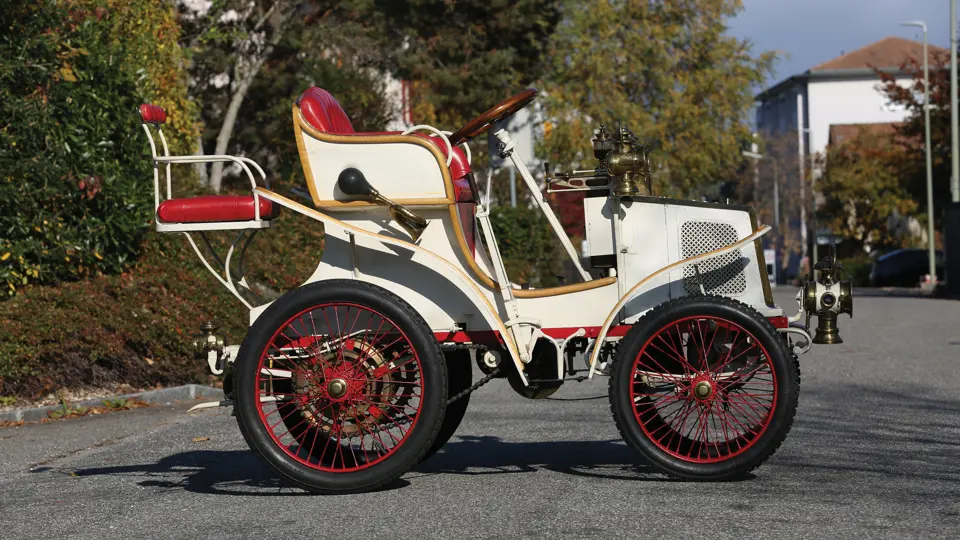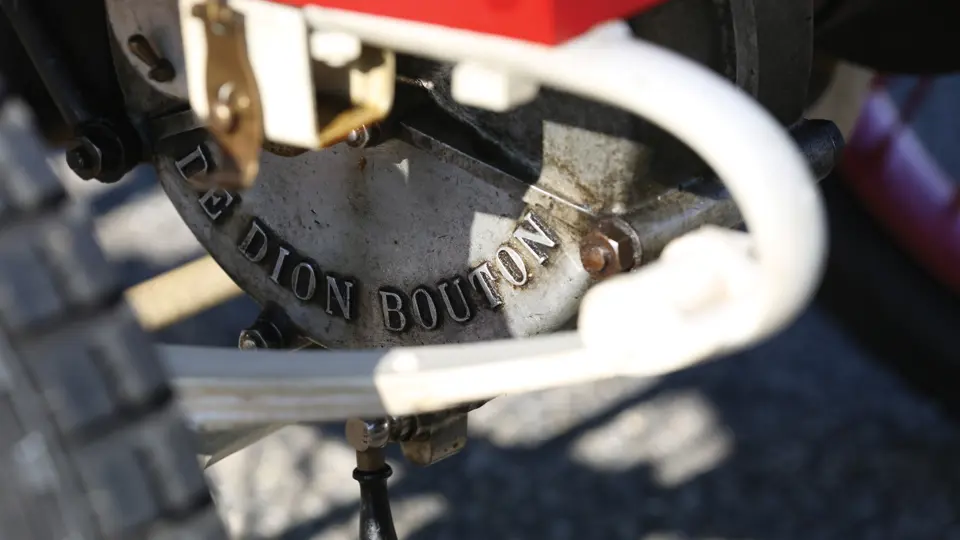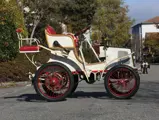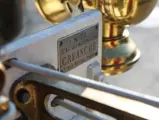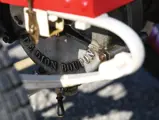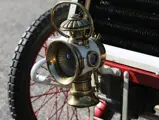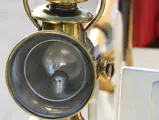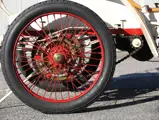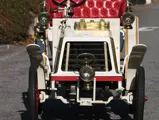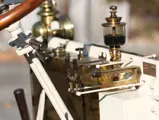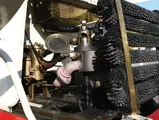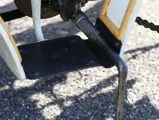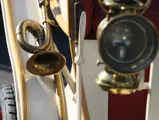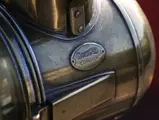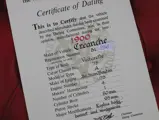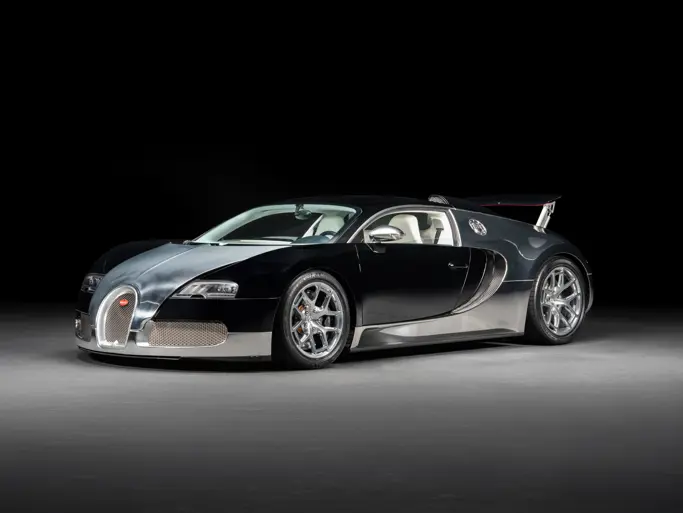
1900 Créanche Type A Voiturette
{{lr.item.text}}
€50,400 EUR | Sold
{{bidding.lot.reserveStatusFormatted}}
- From a private Swiss collection
- Coachwork restored by renowned Swiss coachbuilders Langenthal
- Believed one of two marque survivors
- VCC-dated; London-to-Brighton eligible
- Provient d'une collection privée suisse
- Carrosserie restaurée par Langenthal, carrossier suisse renommé
- Serait une de deux survivantes connues
- Datée par le Veteran Car Club, éligible au Londres-Brighton
4 hp, 477 cc side-valve single-cylinder engine with automatic inlet, three-speed belt-drive, solid front axle with semi-elliptical leaf springs, solid rear axle with semi-elliptical leaf springs and double chain final drive, and differential brake plus two-wheel mechanical brakes. Wheelbase: 1,350 mm
Moteur monocylindre 477 cm3, 4 hp, soupapes latérales avec admission automatique, transmission trois rapports par courroie, essieu avant rigide avec ressorts semi-elliptiques, essieu arrière rigide avec ressorts semi-elliptiques, transmission finale par deux chaînes, frein mécanique sur la transmission et sur deux roues. Empattement 1 350 mm.
The French firm Sté L. Créanche of Courbevoie, Seine, built its first cars in 1899. A four-horsepower De Dion single-cylinder engine was mounted to a subframe and drove the rear wheels through a three-speed belt transmission and double chain final drive. The subframe was moved fore and aft, tightening and loosening the belts in operation, obviating the need for a separate clutch. Water-cooling and electric ignition were employed. By 1904, Créanche offered five models from 8 to 30 horsepower, some with shaft drive. Production ceased, however, in 1906.
This remarkable Créanche Voiturette is believed to be one of two survivors of the marque, the other being a quadricycle in England. It has been restored from an original car, the engine, chassis, wheels, and bulkhead rebuilt and refinished as necessary. The body was reconstructed in 1972 to the original pattern by coachbuilder Langenthal of Berne, Switzerland. Founded by Fritz Grogg in 1888 as a builder of horse-drawn transport, Langenthal progressed to automobile coachwork and latterly commercial vehicle bodies. Dated as 1900 by the Veteran Car Club of Great Britain in 1973, certificate number 1324, it is eligible for the annual London-to-Brighton Run and all Veteran car activities.
La société française L. Créanche, de Courbevoie, en banlieue parisienne, a fabriqué ses premières voitures en 1899. Elles comportaient un moteur monocylindre De Dion 4 hp installé dans un berceau et qui entraînait les roues arrière par l'intermédiaire d'une transmission à trois rapports par courroie, avec transmission finale par chaîne. Le berceau se déplaçait en avant et en arrière, provoquant la tension ou la détente de courroies de transmission, ce qui éliminait la nécessité d'un embrayage séparé. La voiture comportait un système de refroidissement par eau et un allumage électrique. En 1904, Créanche proposait cinq modèles de 8 à 30 ch, dont certains dotés d'une transmission par arbre. Mais la production cessait en 1906.
Cette remarquable voiturette Créanche serait une de deux survivantes de la marque, l'autre étant un quadricycle situé en Angleterre. Elle a été restaurée à partir d'une voiture d'origine, le moteur, le châssis, les jantes et l'auvent ayant été remis en état comme nécessaire. La carrosserie a été reconstruite en 1972 selon le modèle d'origine par le carrossier Langenthal, de Berne (Suisse). Fondé en 1888 par Fritz Grogg comme constructeur de voitures à chevaux, Langenthal a évolué vers l'automobile et, plus récemment, les carrosseries utilitaires. Datée de 1900 par le Veteran Car Club of Great Britain selon le certificat n°1324, cette voiture est donc éligible au rallye annuel Londres-Brighton, ainsi qu'à tous les événements accueillant les ancêtres.




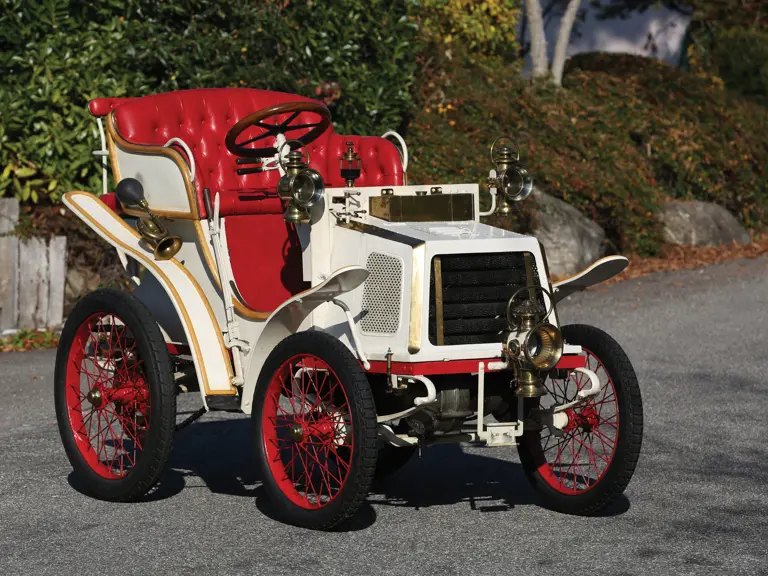
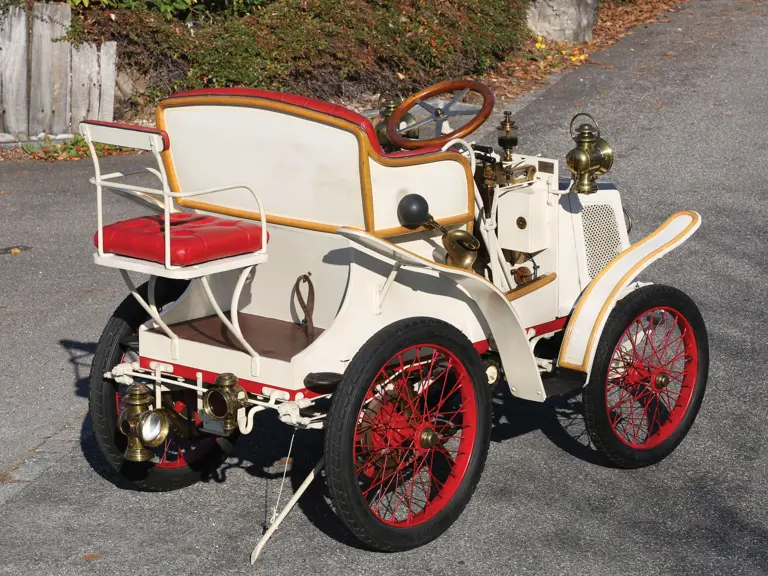

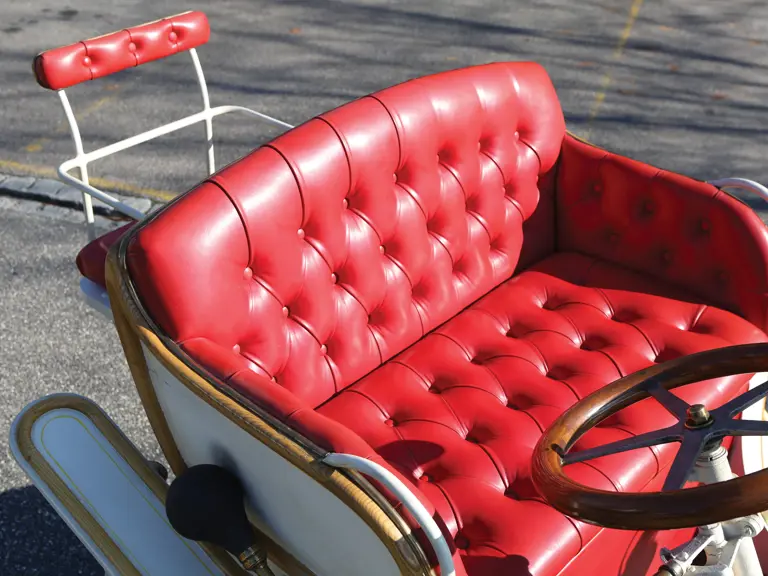
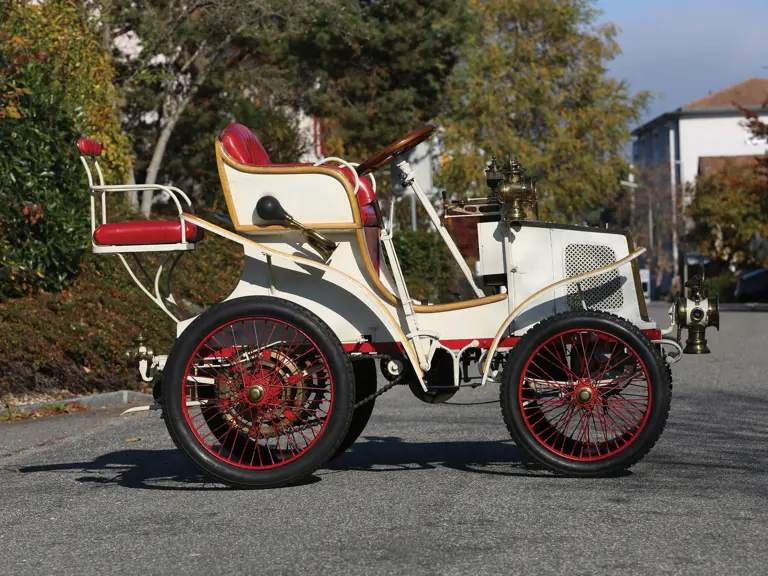
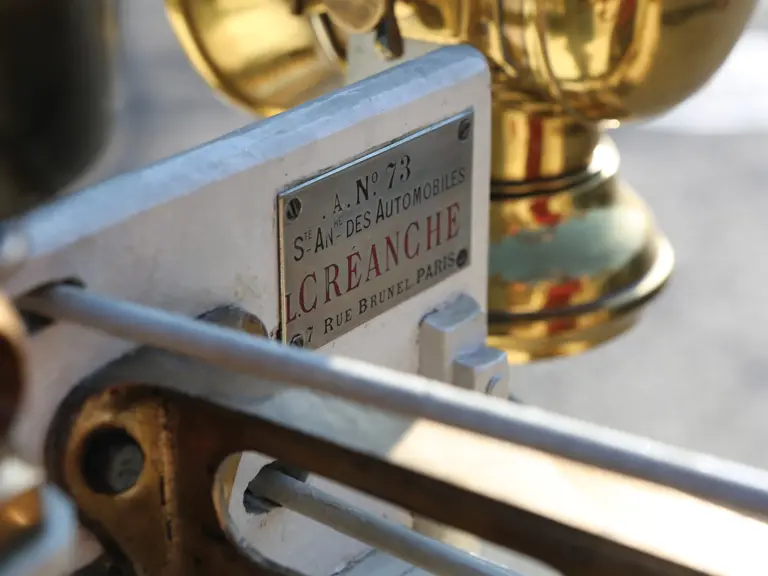
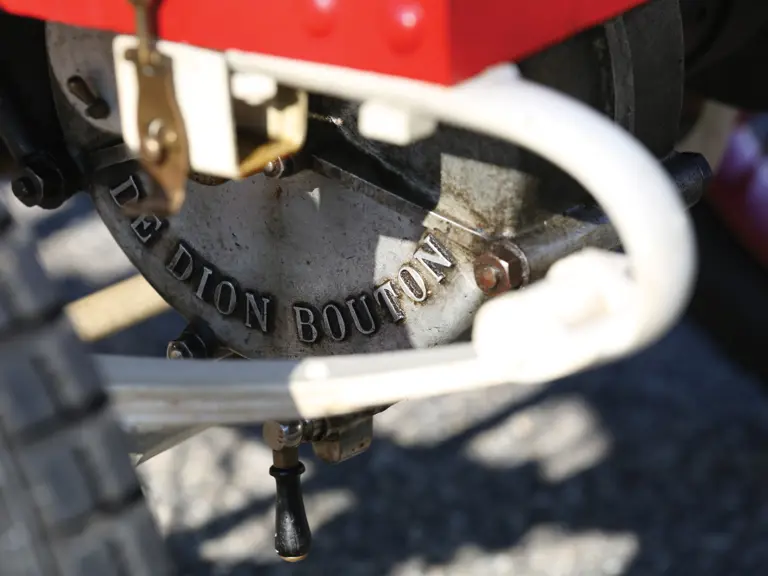
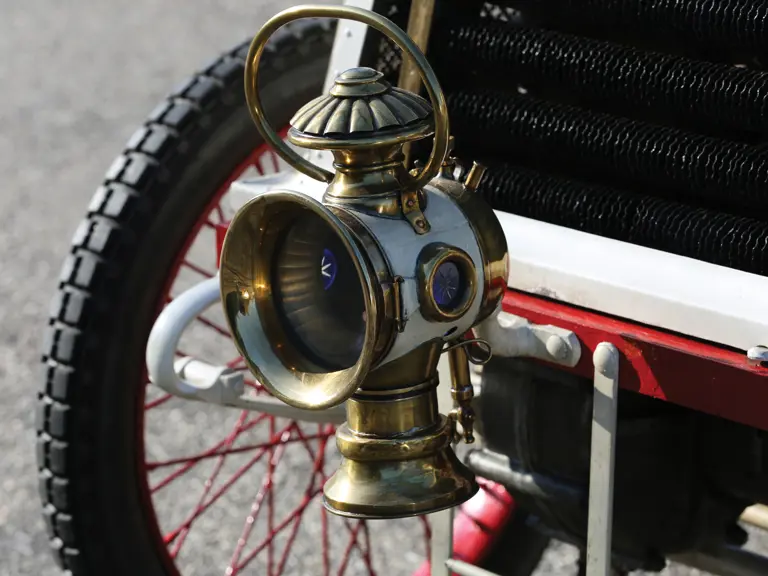
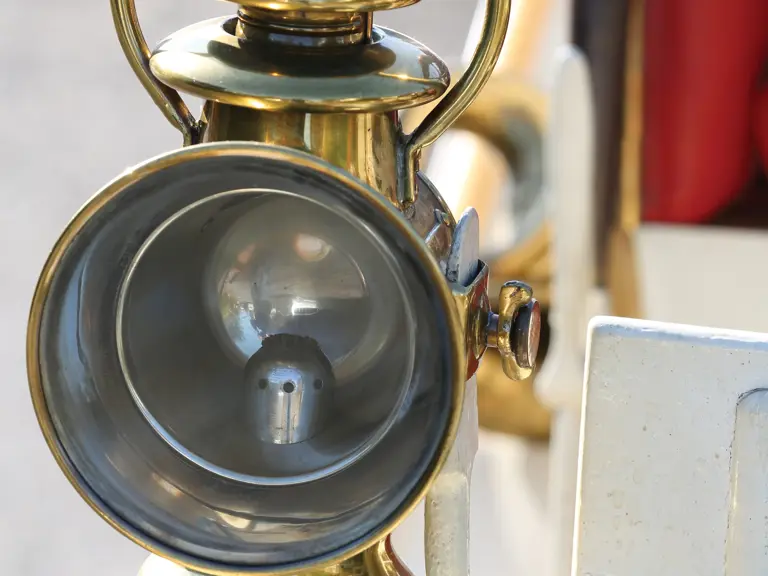
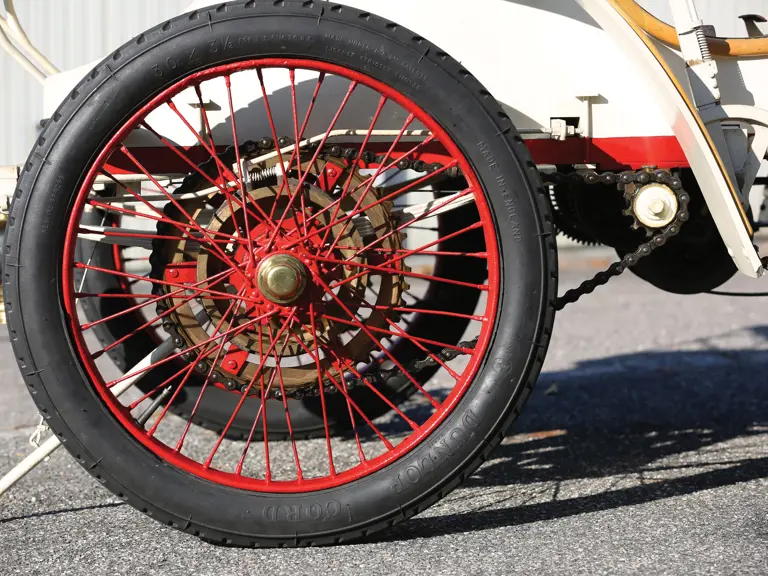
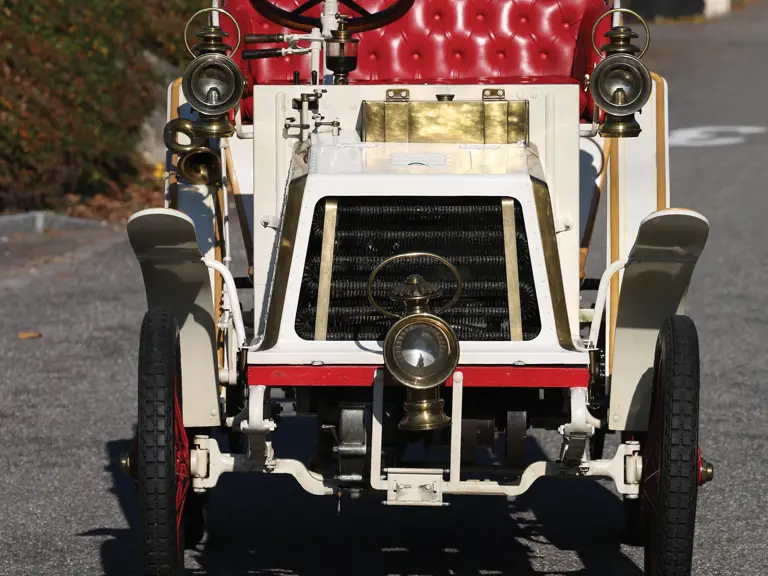
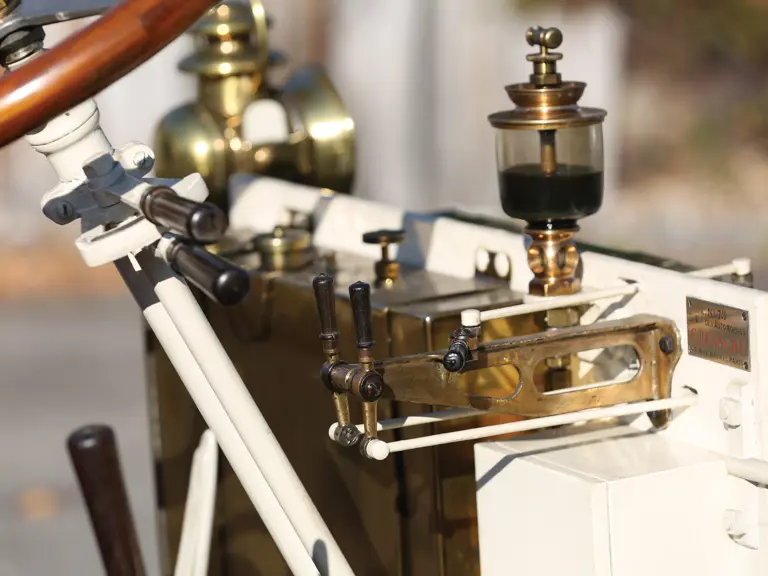

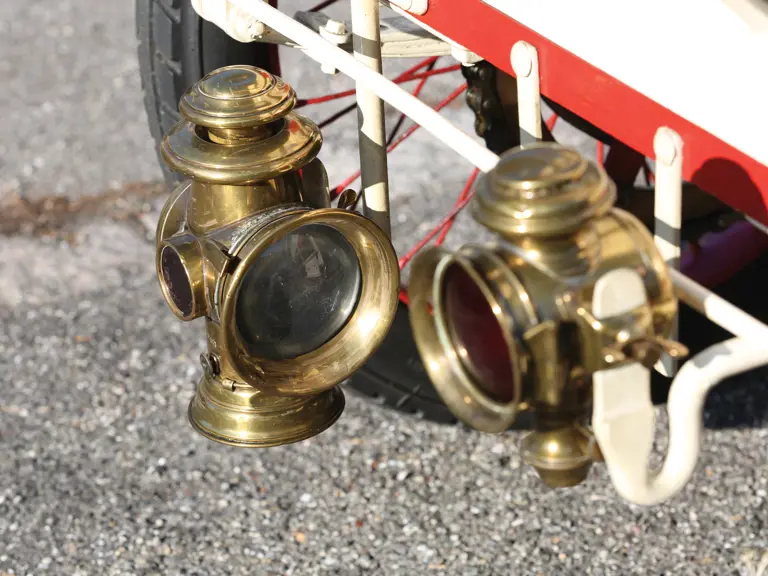
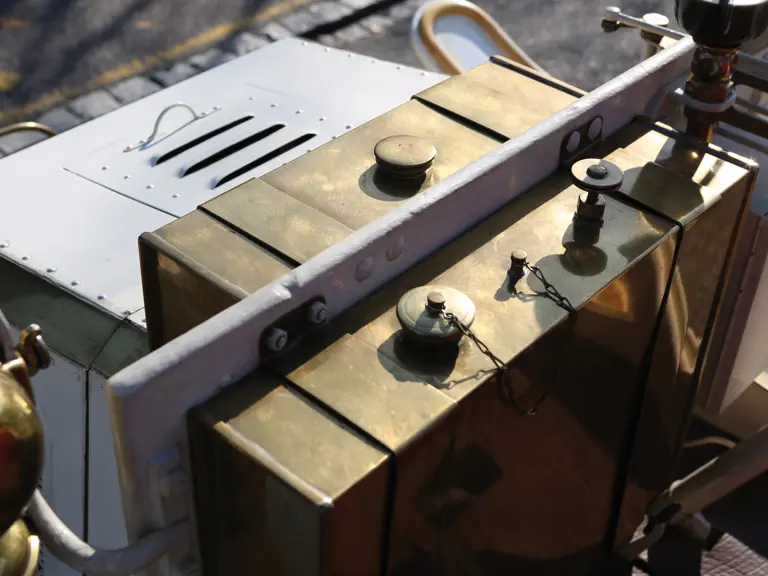

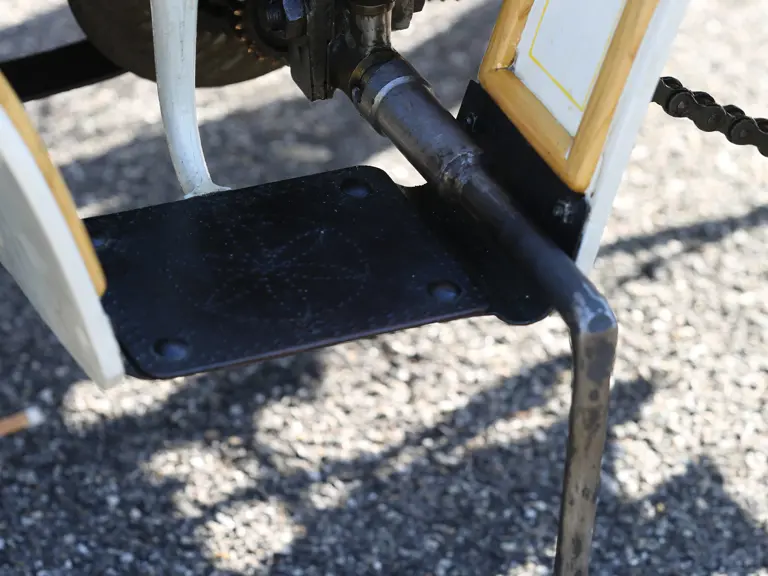
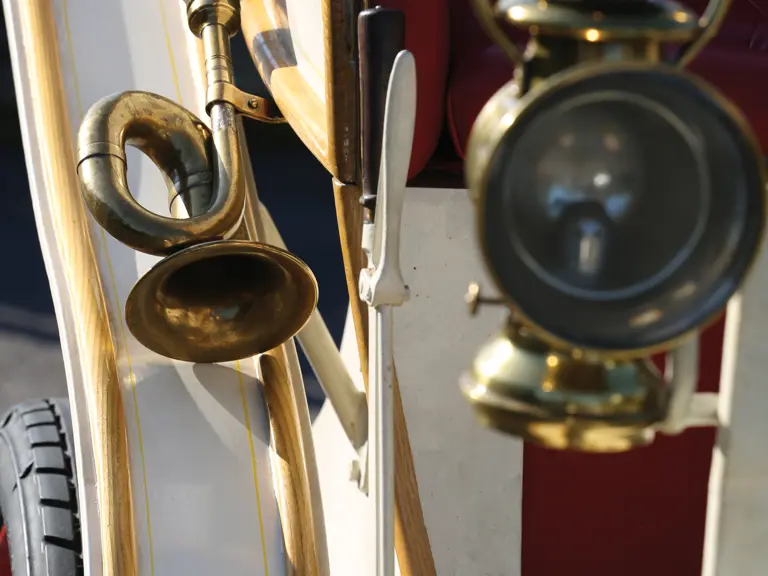
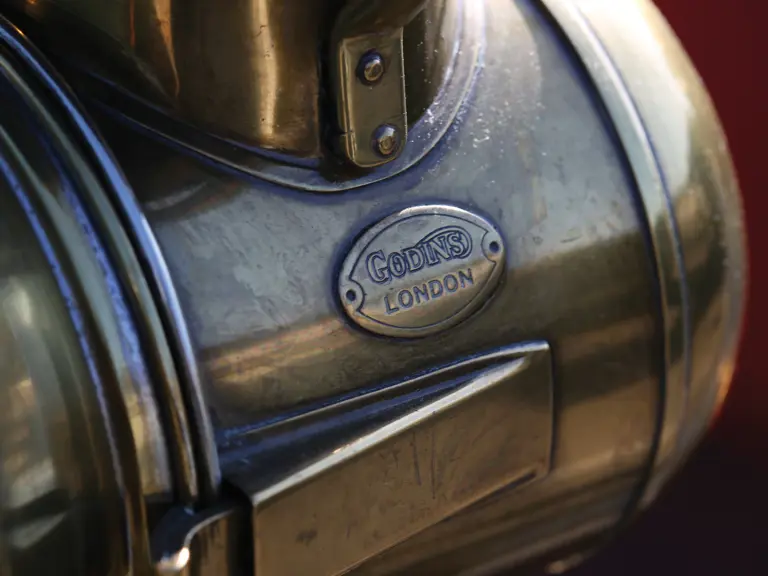
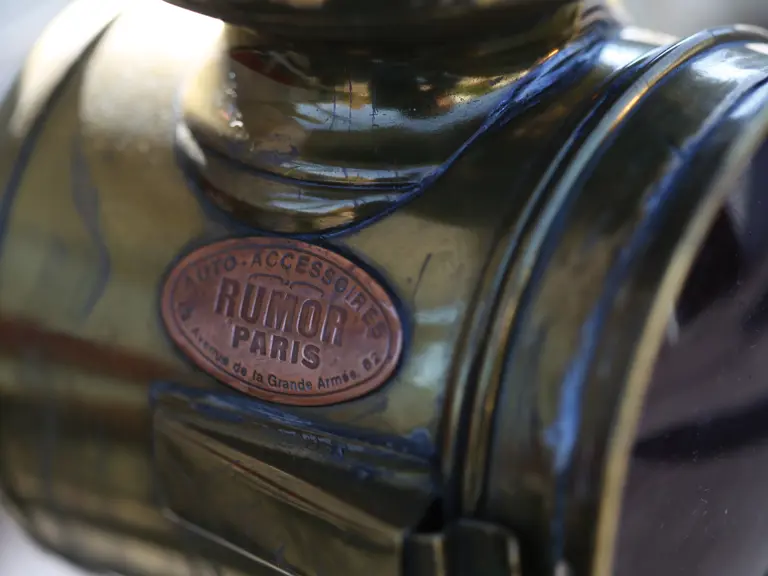
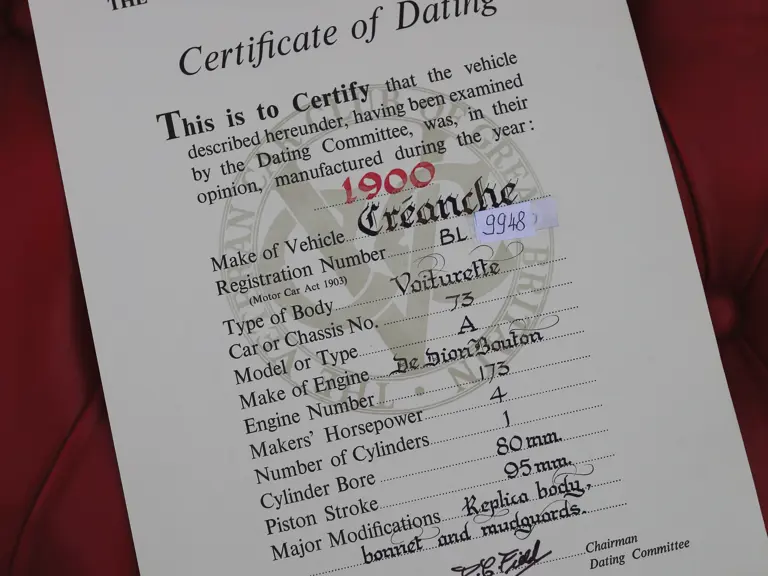
 | Paris, France
| Paris, France
